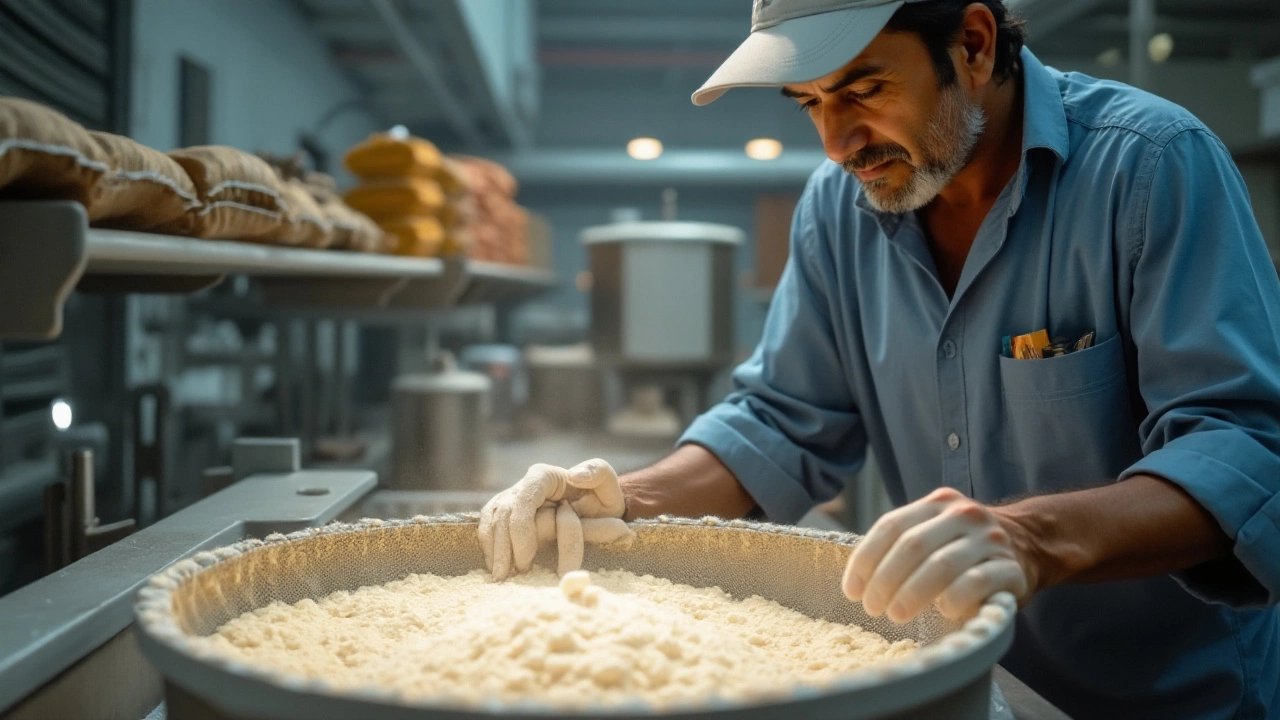Kitchen Units: Design Tips, Materials, and Buying Guide
When you walk into a kitchen, the first thing you notice is how the cabinets and shelves fit together. Those pieces are called kitchen units, and they do more than just look good – they store pots, organize spices, and shape the whole workflow.
Kitchen units come in three basic shapes: base units sit on the floor and hold ovens or drawers, wall units mount above the countertop for dishes and glasses, and tall units stretch from floor to ceiling for pantry space. Mixing these three lets you build a layout that matches your cooking habits.
Choosing the Right Materials
Material choice balances cost, durability, and style. Solid wood gives a warm, high‑end feel but needs regular maintenance. Plywood or MDF with a veneer finish offers similar looks at a lower price and resists warping. For a sleek, modern vibe, high‑gloss laminates or metal panels work well and are easy to clean.
Don’t forget hardware – handles and hinges affect both aesthetics and function. Soft‑close hinges add a premium touch, while simple pull‑out handles keep the look clean. Test a few samples in your kitchen’s lighting before committing.
Planning and Installing Your Kitchen Units
Start by measuring the wall length, ceiling height, and floor space. Sketch a rough layout on graph paper or use a free online planner. Mark where you need clearances for appliances, plumbing, and doors. Leave at least 30 cm between the sink and the edge of the countertop for comfortable movement.
When ordering, verify the exact dimensions and ask the supplier for a full set of installation drawings. If you’re DIY‑savvy, you can mount wall units yourself; just make sure to anchor them into studs. For base and tall units, a level and a helper are essential to keep everything square.
Budget wisely: allocate about 40 % of your kitchen budget to units, 30 % to appliances, and the rest to countertops, flooring, and labour. Look for seasonal sales or bulk discounts if you’re ordering a full set.
Finally, think about future needs. Modular units with removable shelves let you reconfigure the space as your family grows or your cooking style changes. A little planning now saves time, effort, and money later.
With the right mix of types, materials, and thoughtful layout, kitchen units become the backbone of a kitchen that’s both beautiful and efficient. Ready to start? Grab a tape measure, sketch your vision, and turn those ideas into a real cooking space.

Understanding Microns in Food Processing: What Does μm Mean?
Microns (μm) play a crucial role in food processing units, providing a vital measure of particle sizes in various ingredients, which influences the texture and quality of the final product. Knowing what a micron is and how it applies to food processing helps in selecting appropriate equipment and in ensuring consistency in food quality. With applications ranging from milling grains to producing smooth pastes and emulsions, understanding microns is essential for both industrial and home cook settings. This article breaks down the significance, application, and tips for using microns effectively in everyday food processing.
Read More